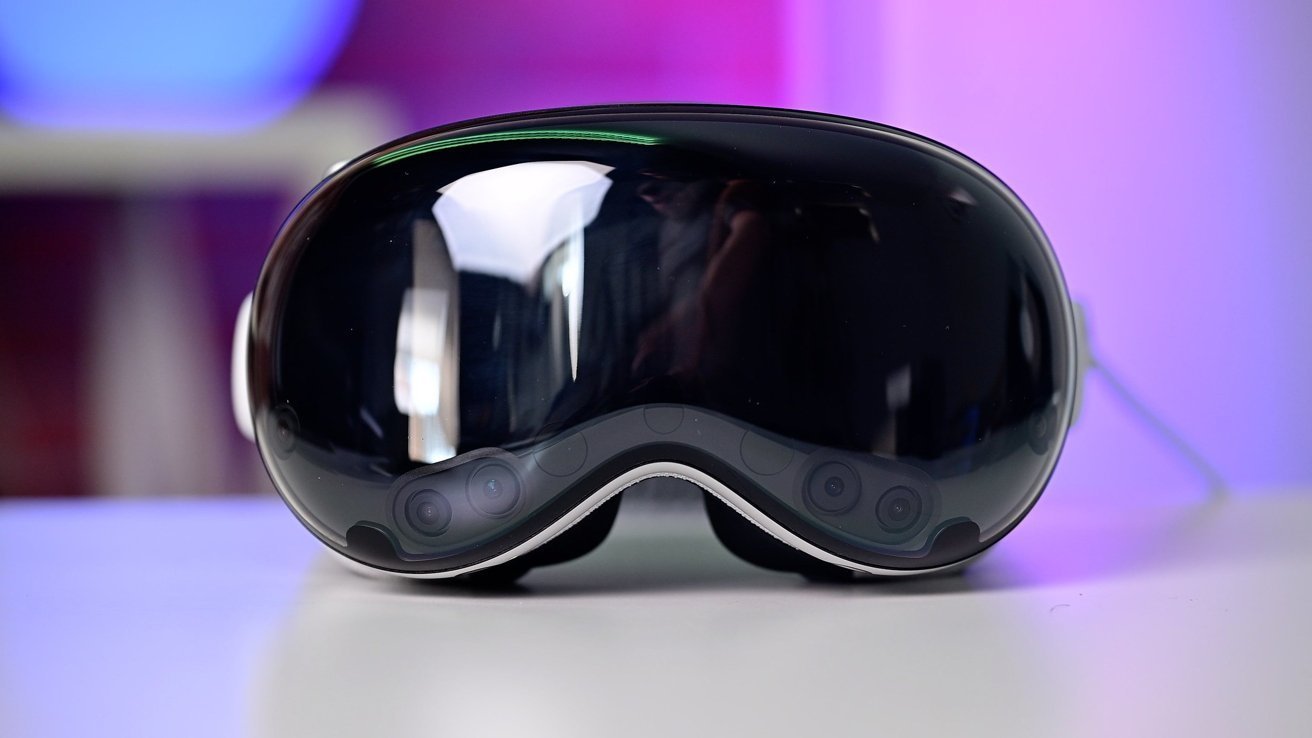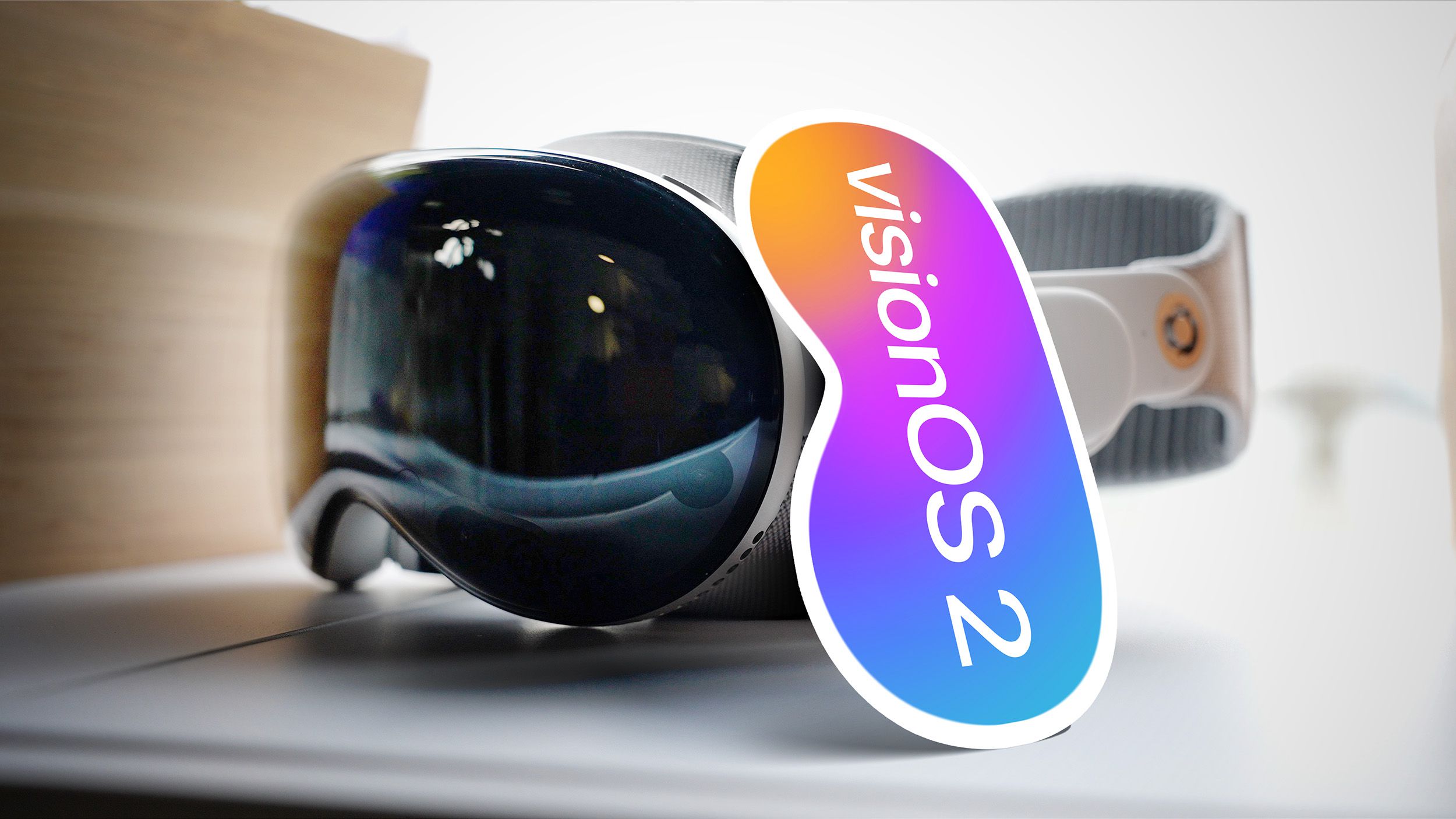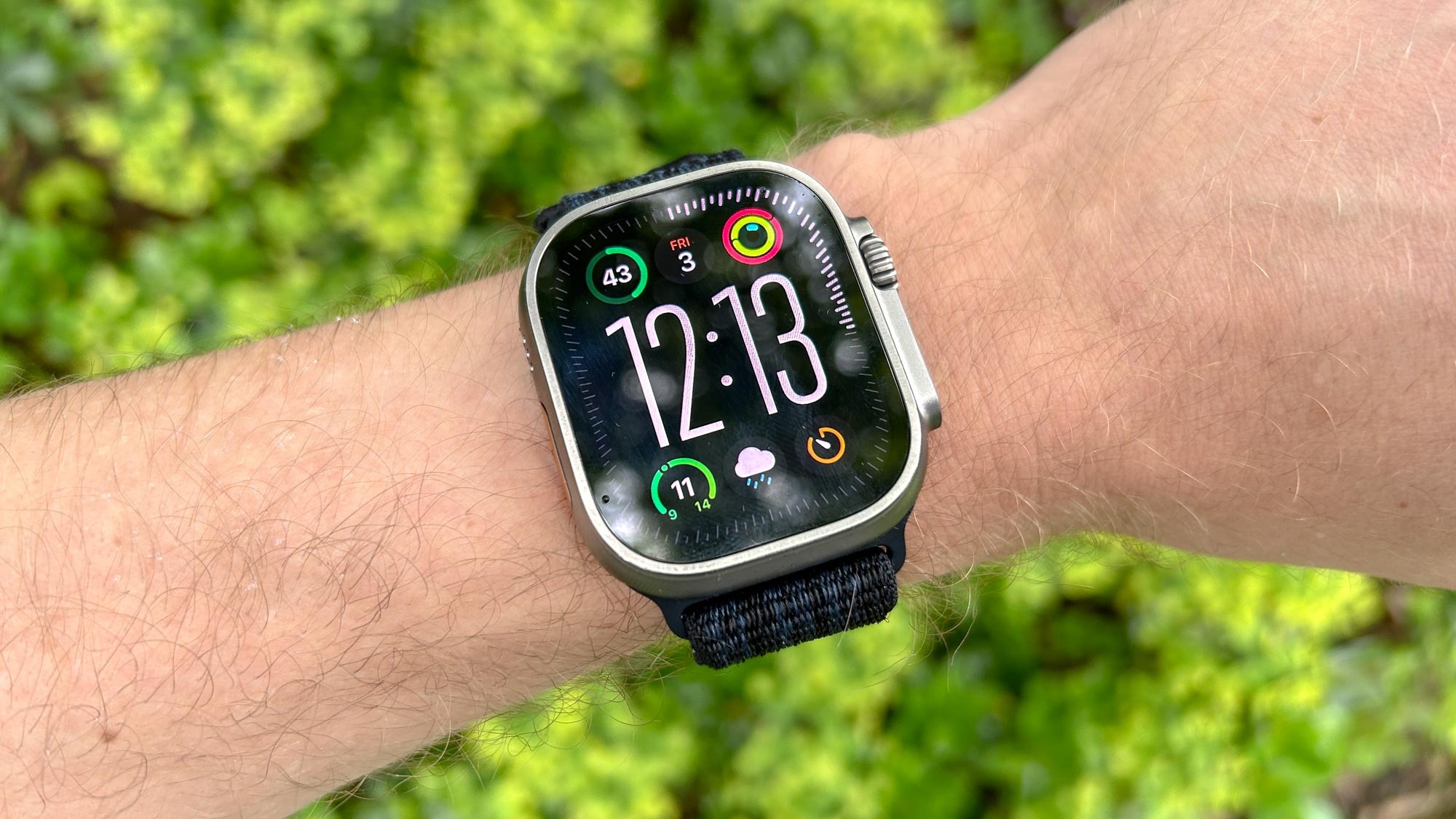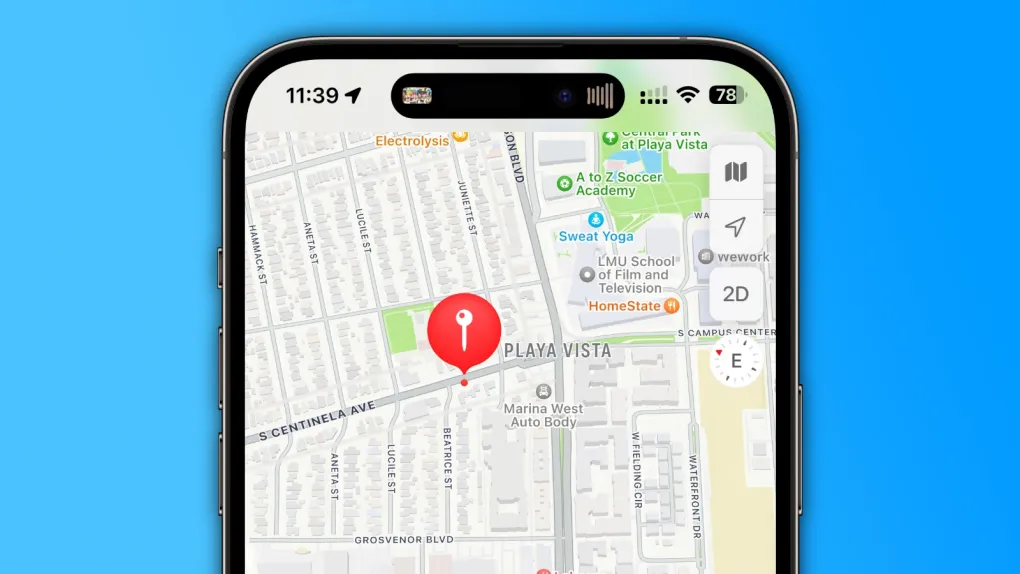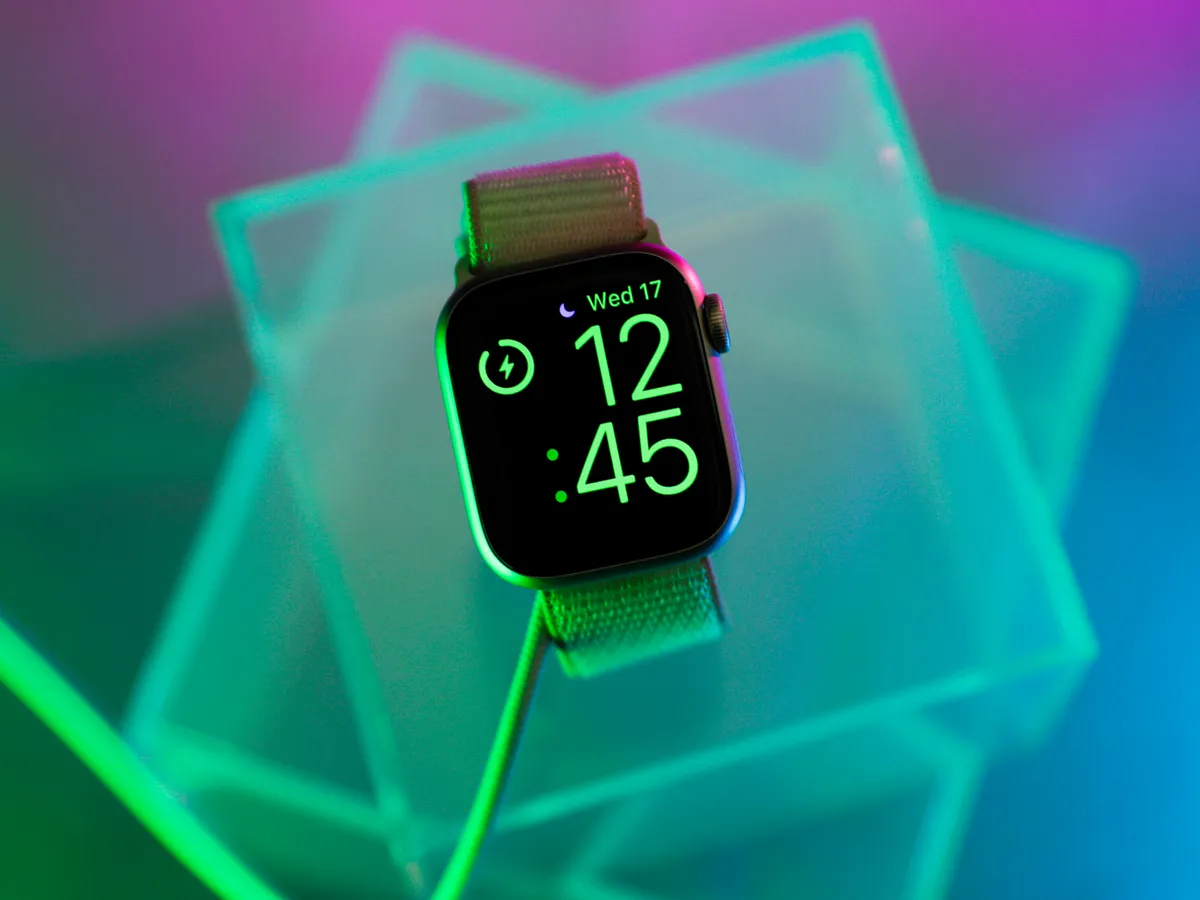Apple has made it clear that it does not support the “Hot Tub” adult app, which was launched for iPhone users in the EU through alternative app stores. In a statement to a tech news site, Apple highlighted its worries about user safety and the damage such apps might do to the trust people have in Apple’s platform.
User Safety and Trust
Apple expressed deep concerns about the risks posed by adult content apps to EU users, particularly to children. These apps could shake the confidence that consumers have built-in Apple’s ecosystem over the years. Apple insists it would never permit such an app in its official App Store, despite claims by the app’s distributor suggesting otherwise.
The company is obligated by EU laws, specifically the Digital Markets Act, to permit the operation of other app marketplaces. This means apps like “Hot Tub” can be distributed through platforms like AltStore, which Apple has less control over.
Misleading Claims
In its promotional efforts, AltStore described “Hot Tub” as the first porn app “approved by Apple,” a statement Apple has contested. Even though Apple’s Notarization process checks third-party apps for malware and fraud, it does not regulate content. This allows for apps with content like pornography, drug references, or hate speech to be available on iPhones in the EU, content that would typically not be allowed in the App Store.
Apple’s Notarization guidelines explicitly state that developers cannot suggest that Apple endorses any app’s quality or functionality. Thus, AltStore’s promotional claim appears to violate these rules.
Apple’s Stance
Apple has been vocal about its reservations regarding the EU’s regulations, warning that they could lead to the spread of undesirable content. Apple had previously voiced its concerns about this specific app back in December, but the European Commission has not intervened.
Clarification from Epic Games
Following Apple’s statement, Epic Games clarified that it does not distribute “Hot Tub” or similar adult apps through its platform in the EU. However, Epic did provide AltStore with a “MegaGrant” to help distribute apps like “Hot Tub” for free.
Apple’s main message is that while it must comply with EU laws, it does not endorse or approve of all content that can now reach iPhone users through these alternative channels.



